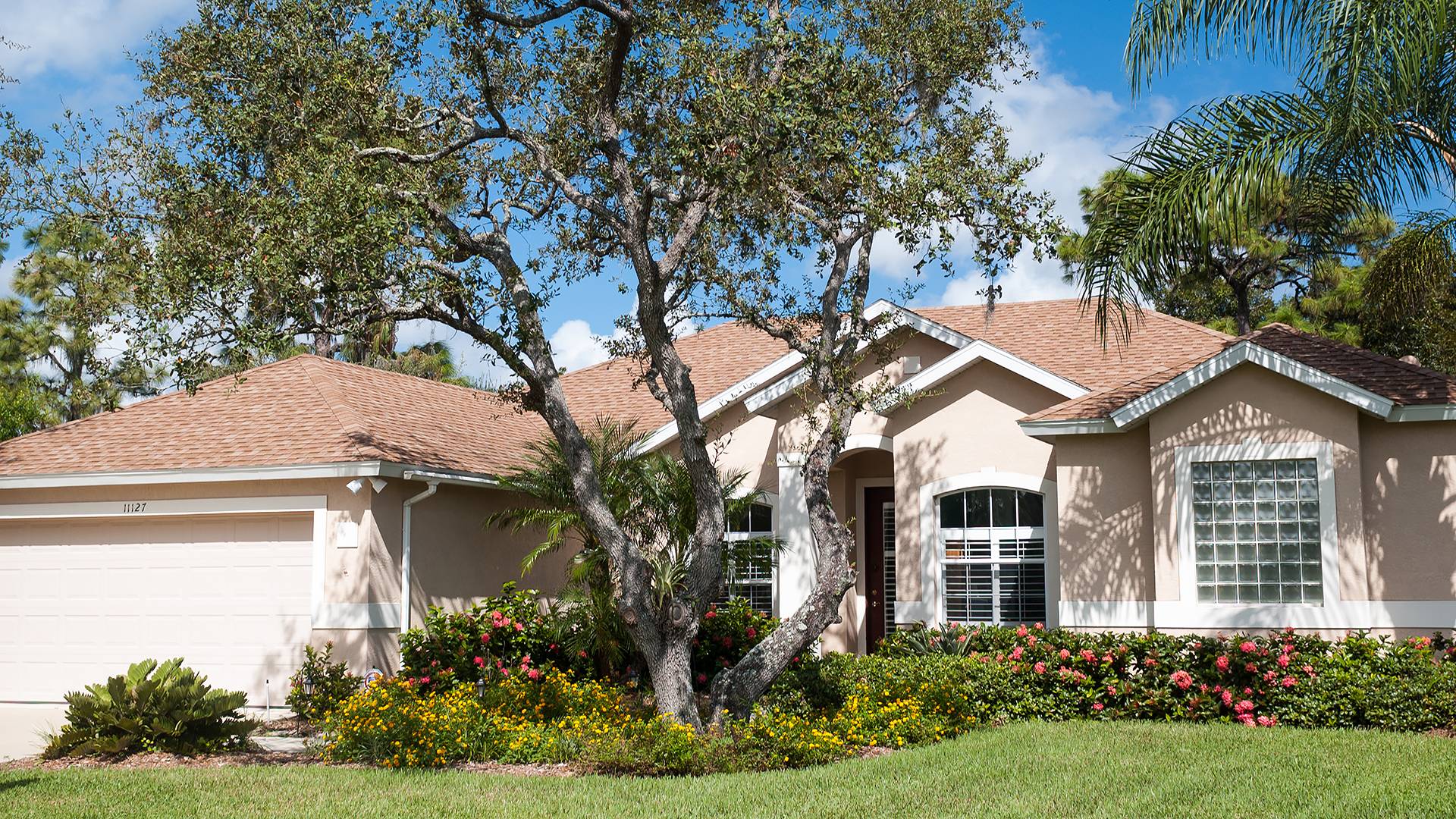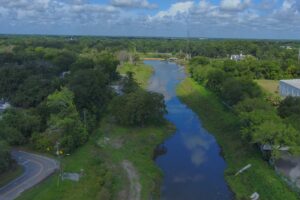Spring into water conservation by watering your landscape right
April 11, 2024
Rainfall and following year-round watering restrictions provide sufficient water for Florida landscapes to thrive.
Running your sprinklers is serious business. Whether you have an automated irrigation system or a garden hose attachment, if you reside within the boundary of the St. Johns River Water Management District, you need to make sure to water only when your landscape needs it and in accordance with the watering restriction schedule.
If you’re new to the area or have lived in your home all your life, you may or may not be aware that there are year-round watering restrictions set by the state’s water management districts, cities and counties. You can think of these restrictions as the absolute maximum you should be watering. During daylight saving time, residents of the District’s 18-county area are permitted to water their lawns up to twice a week. Coupled with the average of 52 inches of rainfall the District receives annually, that’s more than enough to maintain a healthy yard.
Why does the District have watering restrictions in place? Reducing excessive irrigation is, in fact, one of the most effective methods to conserve water. Water conservation is the most crucial action that can be taken to sustain water supplies, meet future needs and lessen demands on Florida’s water-dependent ecosystems, such as springs, rivers, lakes and wetlands. Landscape irrigation usually accounts for more than half of total water use at a residential location. Plus, overwatering can lead to various issues, including the growth of mold and fungus, weakened grass roots, and an increased presence of weeds and unwanted insects. Excess runoff from saturated yards often carries debris, nutrients and fertilizers into natural waterways, contributing to diminished water quality. By simply adhering to the District’s watering restrictions, you can efficiently water your lawn and promote environmental stewardship at the same time.
“Outdoor water use is our number one focus for water savings in the District, with an average use of close to 1,000 gallons every time you run your irrigation system. That’s equivalent to an 8-hour shower,” explains Deirdre Irwin, the District’s water conservation coordinator. “Consider turning off your automatic controller and only turning it on if your landscape shows signs of stress.”
Your address determines the days you are allowed to irrigate your landscape. Watering is permitted for dwellings with odd-numbered addresses or no address on Wednesdays and Saturdays, even-numbered addresses on Thursdays and Sundays, and non-residential sites on Tuesdays and Fridays. Watering should take place before 10 a.m. or after 4 p.m. and should be for no more than one hour per zone. These restrictions apply to water from private wells and pumps, ground or surface water and water from public or private utilities.
There are, of course, exceptions to this restriction. You can water newly installed landscaping in your yard once a day for the first 30 days after installation and then every other day for the following 30 days. Chemicals, such as insecticides, pesticides, fertilizers, fungicides and herbicides, may be watered anytime within 24 hours after application. If you have reclaimed water available, check with your specific water supplier to see if there are any restrictions in place for your area. In addition to watering restrictions, Florida requires that irrigation systems have a functioning rainwater shutoff device to eliminate irrigation during or after rainfall. More tips on maintaining your irrigation system can be found on the District’s website at www.sjrwmd.com/water-conservation/savingwater/outdoors.
“Remember, you can save money on your utility bill, have a better-looking landscape and help protect our natural systems by remembering to Water Less and never using more than the irrigation restrictions allow,” Irwin says.
The District encourages everyone to contribute to the preservation of our water resources by watering only when needed and following the watering restrictions. For more information, please visit www.sjrwmd.com/wateringrestrictions. Additional water-saving insights and resources can be found at WaterLessFlorida.com.






